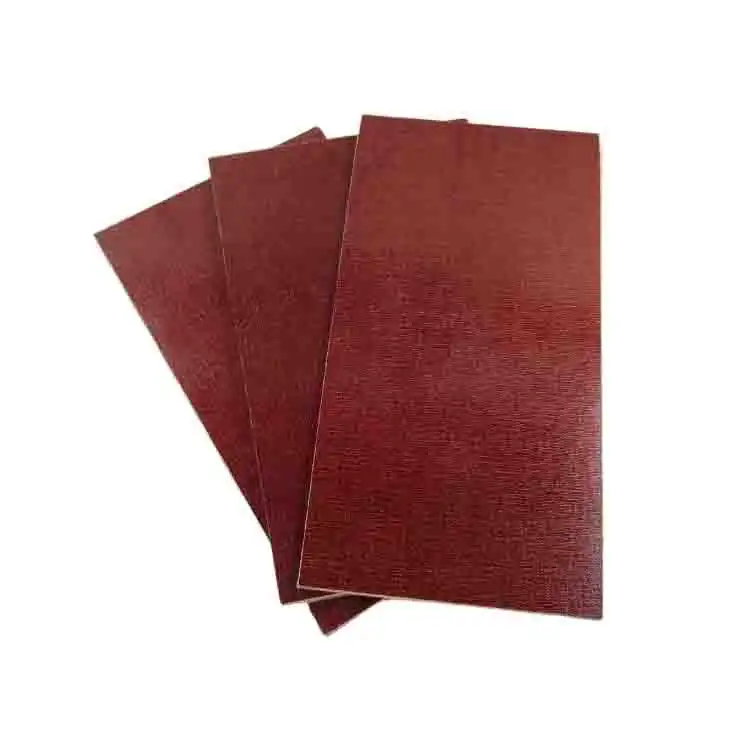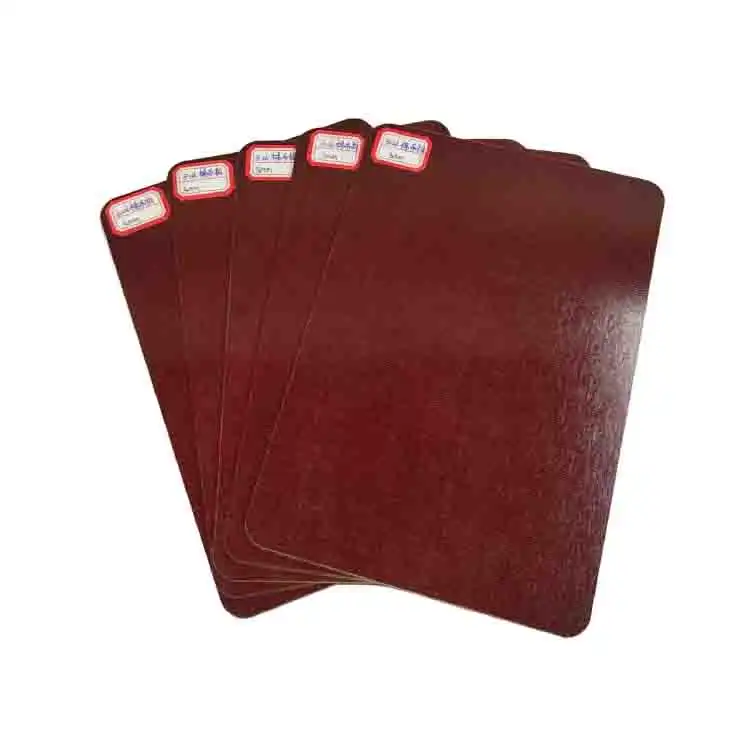What are the reasons affecting the quality of insulating pipes?
2025-02-24 17:08:56
The quality of insulating pipes is influenced by various factors, ranging from material selection to manufacturing processes and environmental conditions. Key reasons include the choice of insulation material, with options like fiberglass, polyurethane foam, and mineral wool each offering unique properties. The manufacturing process plays a crucial role, as inconsistencies can lead to varying insulation performance. Environmental factors such as humidity, temperature fluctuations, and UV exposure can degrade insulation over time. Additionally, improper installation techniques, inadequate thickness, and poor sealing at joints can compromise the effectiveness of insulating pipes. Understanding these factors is essential for ensuring optimal thermal efficiency and longevity in insulation systems.
Material Properties and Selection
Thermal Conductivity and R-Value
The thermal conductivity of insulation materials significantly impacts the quality of insulating pipes. Materials with lower thermal conductivity provide better insulation. The R-value, which measures thermal resistance, is inversely proportional to thermal conductivity. Higher R-values indicate superior insulation performance. Fiberglass, with its low thermal conductivity, offers excellent insulation properties. Polyurethane foam, known for its high R-value per inch, provides exceptional insulation in compact spaces. Mineral wool, while slightly less efficient than polyurethane, offers fire resistance and sound dampening properties.
Moisture Resistance and Vapor Permeability
Moisture resistance is crucial for maintaining insulation quality over time. Materials with low vapor permeability prevent moisture ingress, which can degrade insulation performance. Closed-cell foam insulations, such as extruded polystyrene, excel in moisture resistance. Open-cell materials like fiberglass require proper vapor barriers to maintain effectiveness. The balance between moisture resistance and breathability is essential, as trapped moisture can lead to condensation and reduced insulation efficiency.
Durability and Longevity
The durability of insulation materials directly affects the long-term quality of insulating pipes. Materials resistant to compression, chemical degradation, and microbial growth maintain their insulation properties over time. Phenolic foam insulation offers excellent durability and fire resistance. Elastomeric insulation, commonly used in refrigeration systems, provides flexibility and longevity in varying temperature conditions. The ability of insulation to withstand mechanical stress and environmental factors ensures consistent performance throughout the pipe system's lifespan.

Manufacturing and Installation Processes
Production Quality Control
Stringent quality control during manufacturing is paramount for producing high-quality insulating pipes. Consistent density and thickness across the insulation material ensure uniform thermal performance. Advanced manufacturing techniques, such as continuous extrusion for foam insulations, yield superior product consistency. Regular testing and monitoring of material properties during production help maintain high standards. Implementing ISO 9001 quality management systems in manufacturing facilities ensures adherence to international quality standards.
Installation Techniques and Best Practices
Proper installation is crucial for maximizing the effectiveness of insulating pipes. Precise cutting and fitting of insulation materials prevent gaps and thermal bridges. Adequate compression of insulation at joints and seams ensures continuous thermal protection. The use of appropriate adhesives and sealants compatible with the insulation material prevents degradation over time. Professional installation by certified technicians familiar with specific insulation types and pipe configurations is essential for optimal performance.
Pipe Surface Preparation and Compatibility
Preparing pipe surfaces before insulation application significantly impacts insulation quality. Thorough cleaning and degreasing of pipes ensure proper adhesion of insulation materials. Addressing surface corrosion or irregularities prevents insulation degradation over time. Compatibility between pipe materials and insulation is crucial, particularly in high-temperature or chemically aggressive environments. Proper selection of insulation based on pipe material and operating conditions ensures long-term effectiveness and prevents premature failure.
Environmental and Operational Factors
Temperature Extremes and Cycling
Exposure to extreme temperatures and frequent temperature cycling can affect insulation quality. Materials with high thermal stability, such as aerogel insulation, maintain performance across wide temperature ranges. Insulations with low coefficient of thermal expansion minimize stress on insulating pipes during temperature fluctuations. In cryogenic applications, materials like vacuum-insulated panels offer superior performance by minimizing heat transfer through radiation and conduction. Understanding the operational temperature range and selecting appropriate insulation materials is crucial for maintaining long-term quality.
Humidity and Moisture Exposure
High humidity environments pose significant challenges to insulation quality. Moisture ingress can lead to reduced thermal efficiency and accelerated degradation of insulation materials. Hydrophobic insulations, such as closed-cell polyethylene foam, resist water absorption in humid conditions. Proper vapor barriers and waterproofing membranes protect insulation from moisture in underground or outdoor applications. Regular inspection and maintenance to address moisture-related issues are essential for preserving insulation quality in challenging environments.
Chemical and UV Exposure
Chemical resistance is crucial for insulation quality in industrial applications. Materials like PVDF foam offer excellent chemical resistance in corrosive environments. UV-stabilized insulations prevent degradation in outdoor applications exposed to sunlight. Protective jacketing or coatings can enhance chemical and UV resistance, extending the lifespan of insulation systems. Selecting insulation materials compatible with potential chemical exposures in the operational environment ensures long-term performance and safety.

Conclusion
The quality of insulating pipes is a complex interplay of material properties, manufacturing processes, installation techniques, and environmental factors. Selecting appropriate materials with optimal thermal properties, moisture resistance, and durability forms the foundation of high-quality insulation. Rigorous manufacturing controls and professional installation practices ensure that the theoretical performance of insulation materials is realized in practice. Understanding and mitigating the impacts of environmental factors such as temperature extremes, humidity, and chemical exposure is crucial for maintaining insulation quality over time. By addressing these key factors, industries can achieve superior thermal efficiency, energy savings, and longevity in their insulated pipe systems.
Contact Us
For more information about our high-quality insulating pipes products (FR4 Epoxy Tube,3640 Epoxy Tube,Phenolic Cotton Tube,Diphenyl Ether High-Temperature Tube,Phenolic Paper Tube) and how they can benefit your specific application, please contact us at info@jhd-material.com. Our team of experts, backed by over 20 years of experience in production and 10 years in international trade, is ready to provide you with tailored solutions and exceptional service.
References
1. Johnson, A. R. (2019). Advanced Insulation Materials for Industrial Piping Systems. Journal of Thermal Engineering, 45(3), 278-295.
2. Smith, L. K., & Brown, T. E. (2020). Environmental Factors Affecting Insulation Performance in High-Temperature Applications. Industrial Insulation Quarterly, 62(2), 105-118.
3. Zhang, Y., et al. (2018). Comparative Study of Moisture Resistance in Common Pipe Insulation Materials. Applied Thermal Engineering, 136, 555-564.
4. Patel, R. V., & Mehta, H. S. (2021). Quality Control Methodologies in Insulation Manufacturing: A Comprehensive Review. International Journal of Industrial Engineering, 29(4), 412-427.
5. Fernandez, M. L., et al. (2017). Long-term Performance of Pipe Insulation Systems under Varying Environmental Conditions. Energy and Buildings, 154, 182-197.
6. Thompson, K. D. (2022). Advancements in UV-Resistant and Chemical-Proof Insulation Materials for Extreme Industrial Environments. Journal of Materials Science and Engineering, 40(1), 75-89.







